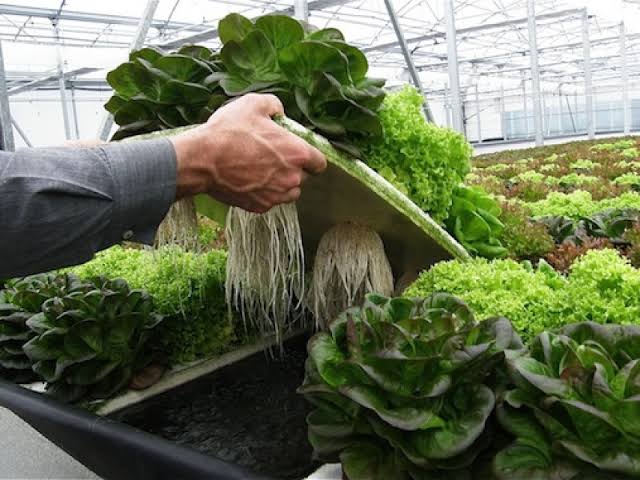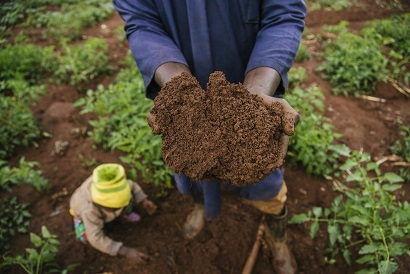Carbon Regenerative Agriculture
Portada / Sustainable Agriculture Carbon Credits
What are Sustainable Agriculture Carbon Credits?
Sustainable Agriculture Carbon Credits are a mechanism within the carbon market that aims to reduce greenhouse gas emissions associated with agricultural practices while promoting more sustainable and environmentally friendly farming methods. These credits offer financial incentives to farmers who adopt sustainable agricultural practices that reduce or eliminate carbon emissions, such as regenerative agriculture, efficient nutrient management, and soil conservation. Some of the practices that may be included are:
Conclusion
Sustainable Agriculture Carbon Credits represent a crucial opportunity to align agricultural interests with global sustainability goals. By providing economic incentives for more eco-friendly practices, they not only help reduce emissions but also promote resilience and sustainability in the agricultural sector. These credits are an important step towards a more sustainable and low-carbon future.













